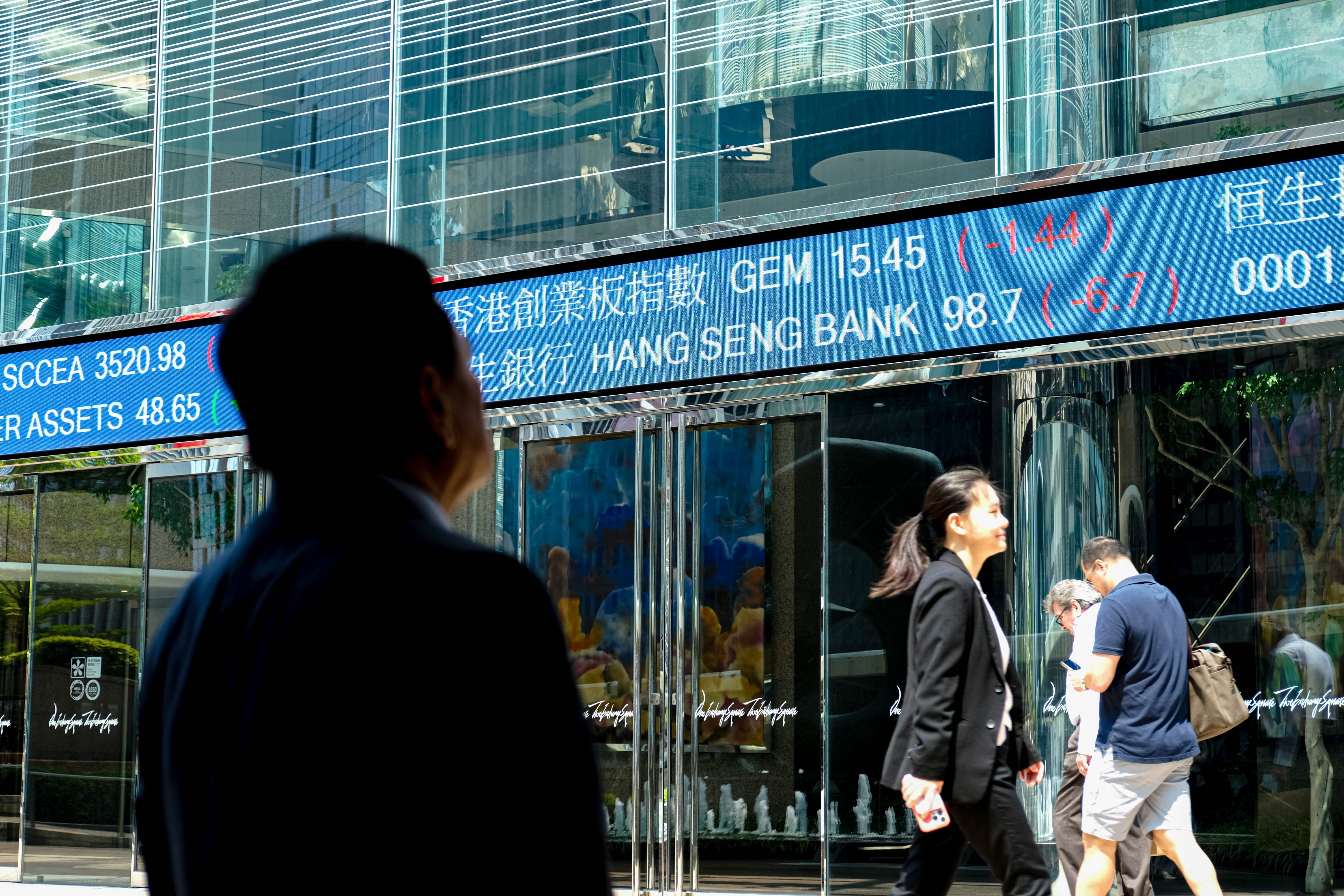China’s economy grew faster than expected in the first quarter, expanding at an annual rate of 5.4% — 0.3 percentage points above forecasts — driven by strong consumer spending and industrial output. That surge was likely fueled by consumers and businesses rushing to make purchases ahead of Donald Trump’s steep new tariffs.
Analysts warn the momentum may not last. Trump has recently raised US tariffs on China to a staggering 145%, prompting Beijing to retaliate with 125% duties on US goods. That’s a problem for an export-dependent economy like China’s, where a trillion-dollar trade surplus offsets weak consumer demand, a sluggish real estate sector, and broader signs of stagnation. The US is, by far, China’s largest single export market.
China’s annual growth is now projected to slow to 4.5% in 2025, according to a Reuters poll of economic analysts — below the government’s target of around 5%.
Still, China’s policymakers say they’re ready. While few expect the economy to escape the tariff war unscathed, China has been preparing for economic decoupling for years. Officials say they’re ready to roll out strategies to boost domestic demand and shift trade toward alternative markets. In March, exports to Southeast Asia jumped 8% year-on-year, while shipments to Africa climbed more than 11%, and exports to India rose nearly 14%.
